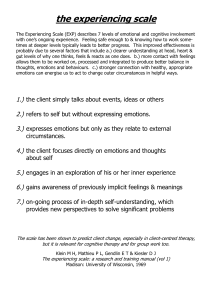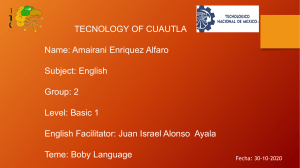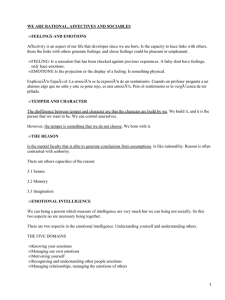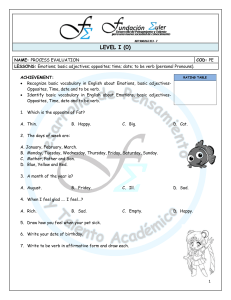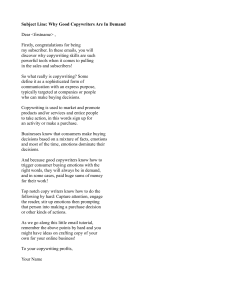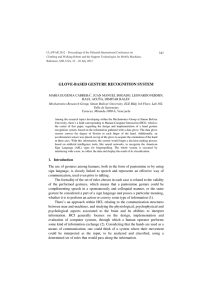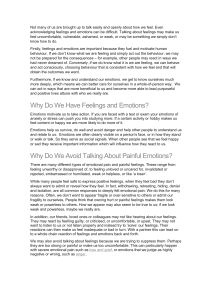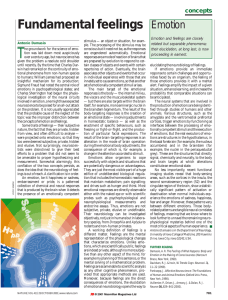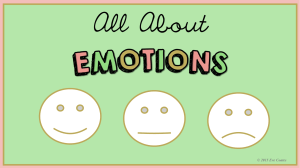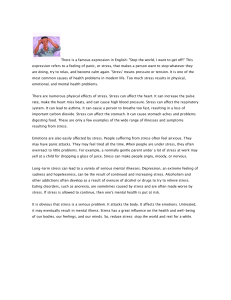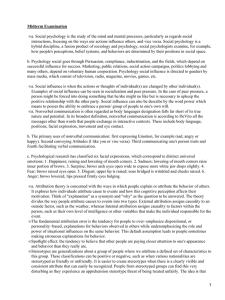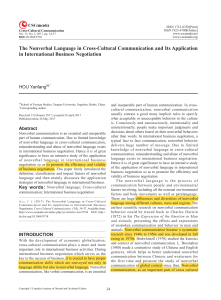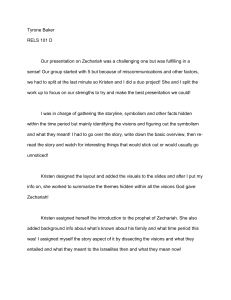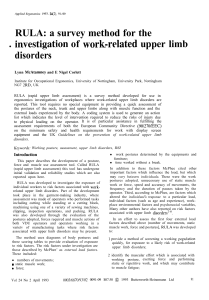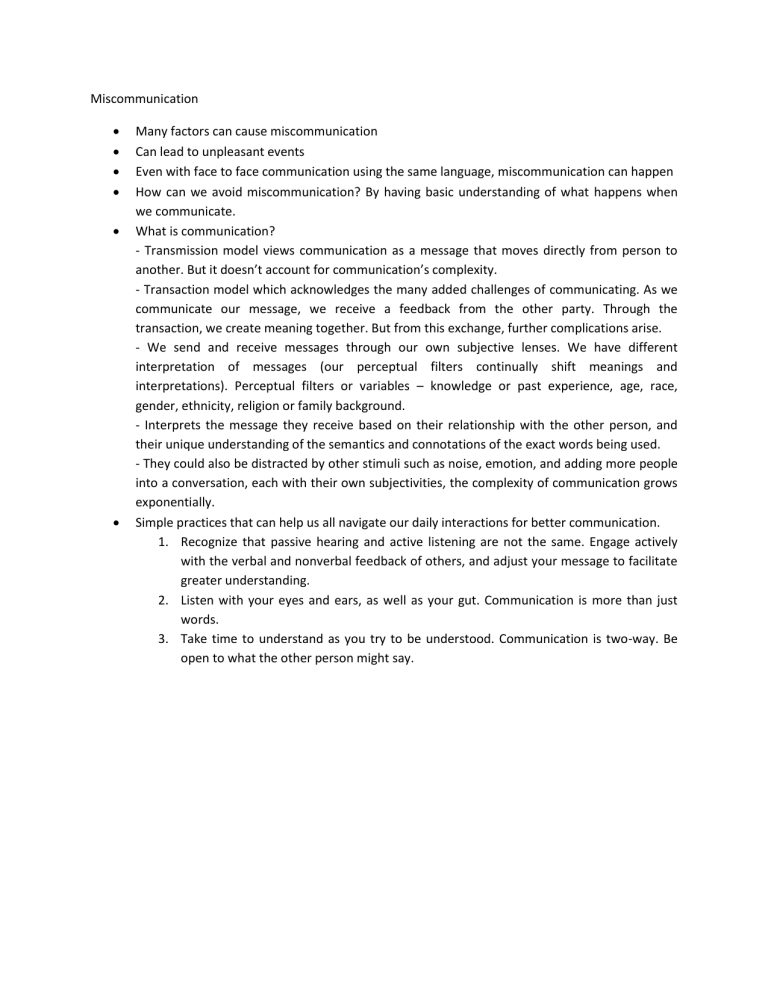
Miscommunication Many factors can cause miscommunication Can lead to unpleasant events Even with face to face communication using the same language, miscommunication can happen How can we avoid miscommunication? By having basic understanding of what happens when we communicate. What is communication? - Transmission model views communication as a message that moves directly from person to another. But it doesn’t account for communication’s complexity. - Transaction model which acknowledges the many added challenges of communicating. As we communicate our message, we receive a feedback from the other party. Through the transaction, we create meaning together. But from this exchange, further complications arise. - We send and receive messages through our own subjective lenses. We have different interpretation of messages (our perceptual filters continually shift meanings and interpretations). Perceptual filters or variables – knowledge or past experience, age, race, gender, ethnicity, religion or family background. - Interprets the message they receive based on their relationship with the other person, and their unique understanding of the semantics and connotations of the exact words being used. - They could also be distracted by other stimuli such as noise, emotion, and adding more people into a conversation, each with their own subjectivities, the complexity of communication grows exponentially. Simple practices that can help us all navigate our daily interactions for better communication. 1. Recognize that passive hearing and active listening are not the same. Engage actively with the verbal and nonverbal feedback of others, and adjust your message to facilitate greater understanding. 2. Listen with your eyes and ears, as well as your gut. Communication is more than just words. 3. Take time to understand as you try to be understood. Communication is two-way. Be open to what the other person might say. Nonverbal Communication examples - None of them are more important than the others. You should always consider the context of the interaction to get a full understanding. We need to try to spot one by one at first. It will always be a dynamic of comparing their nonverbal communication signals with what they are saying to spot inconsistencies. And that’s when you will start detecting hidden emotions. - this examples will boost your people analysis skills. - three types of hand gestures, a secret hat eyes reveal and how communication goes beyond your body. 1. your general body posture – first clue to your current mood (alpha posture – confidence, beta posture – insecurity) 2. facial expressions of emotions – face is the most important area we want to express emotions without words. Most of the time, we pick those signals by intuition, but with practice, it can be spotted consciously. 3. illustrator gestures to emphasize words – using hands to make their point clearer 4. voice tone and volume – you can detect someone’s emotions without even having to look at them. Practice active listening 5. manipulator gestures – reveal an emotional reaction to a situation 6. clothing and accessories – the way people dress gives clue about their personality 7. the secret in their eyes – eyes reveal so much information, windows to the soul. We can express emotions just moving them 8. proxemics and interaction distance – interaction distance reveal what kind of relationship they have and proxemics is also about the way our gestures reach out to the other person during a conversation 9. custom hand gestures or emblems – emblems are hand gestures with a certain meaning that is given by a culture or society 10. our personal space – our living and working spaces also give a nonverbal message 11. haptic and touching others – 12. physical reactions – such as sweating, pupils dilating, shortness of breath, blushing. Cant be controlled The power of nonverbal communications Mindful presence An opportunity to connect
